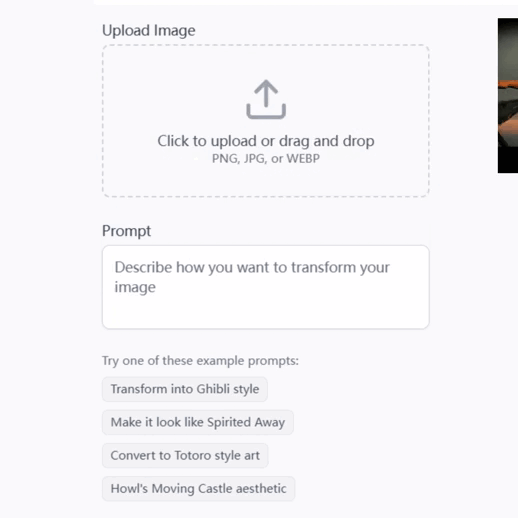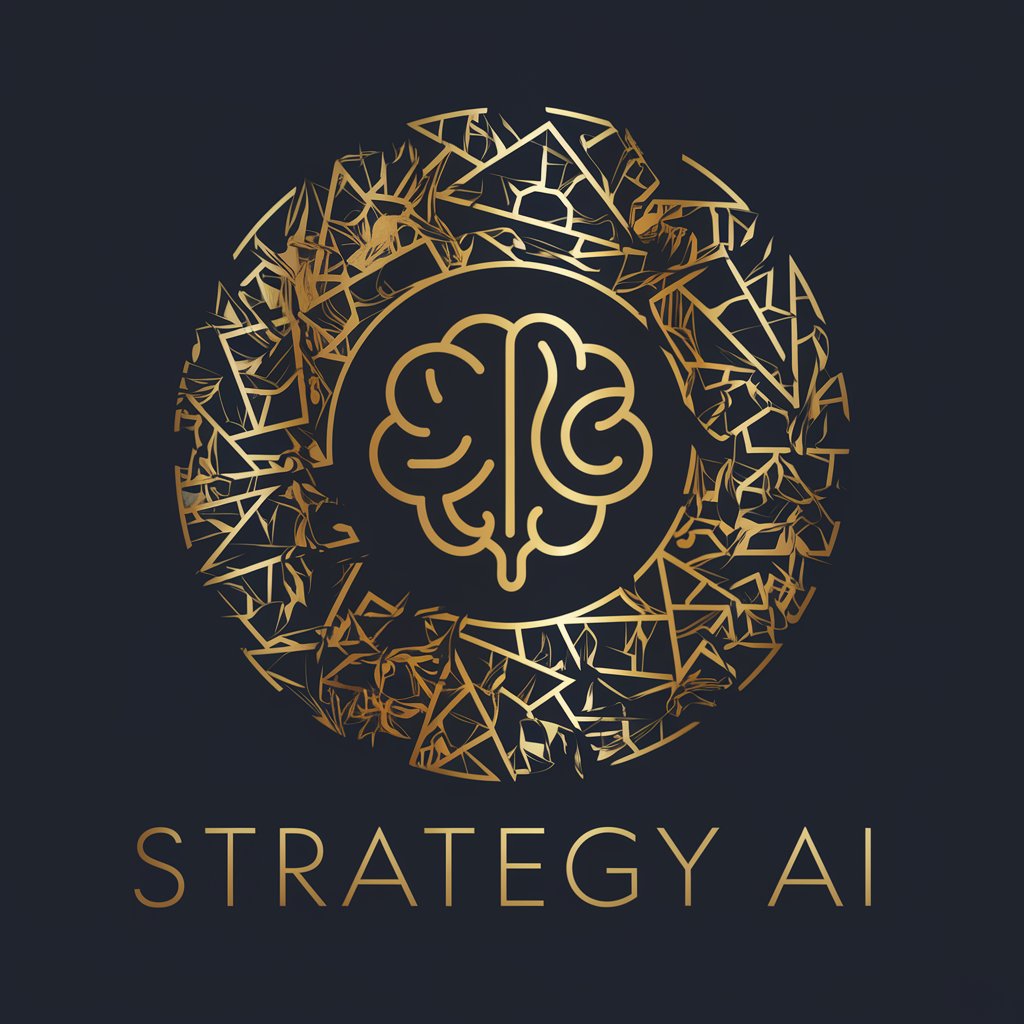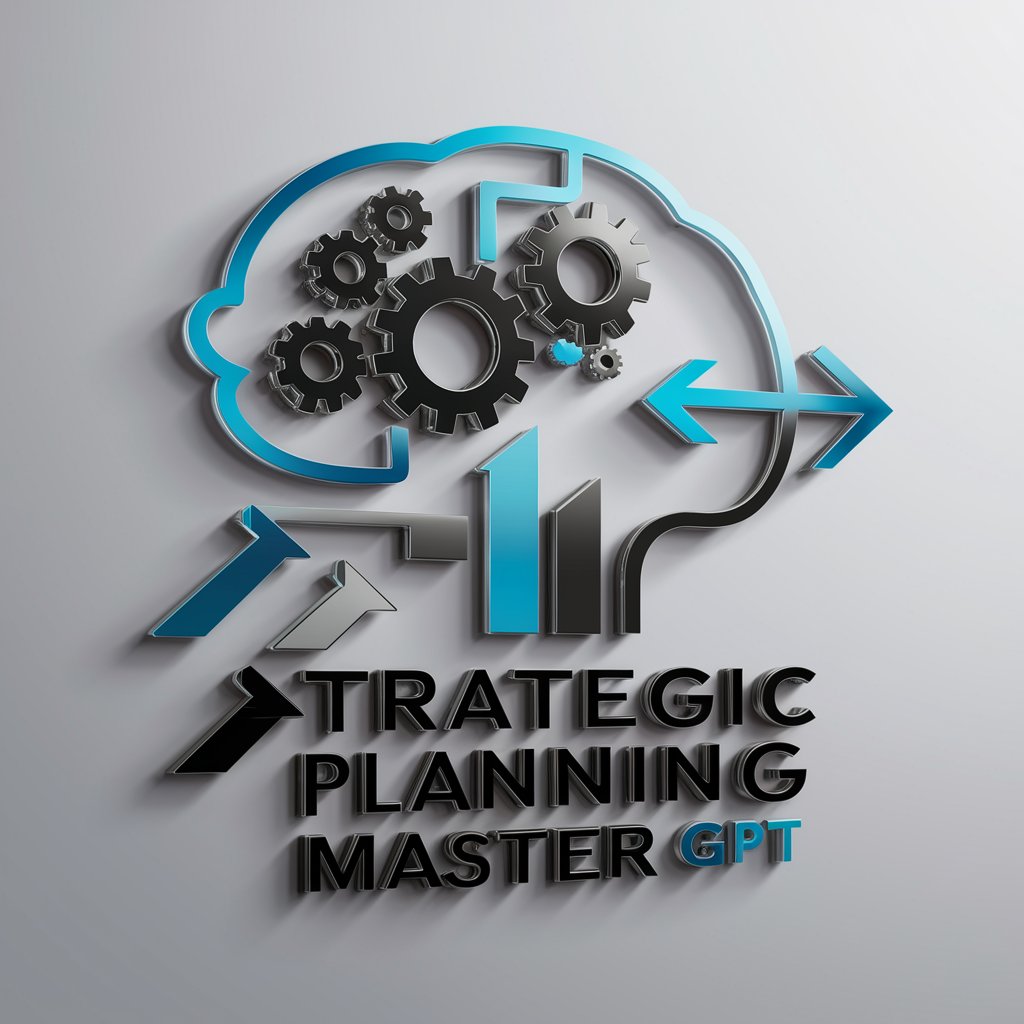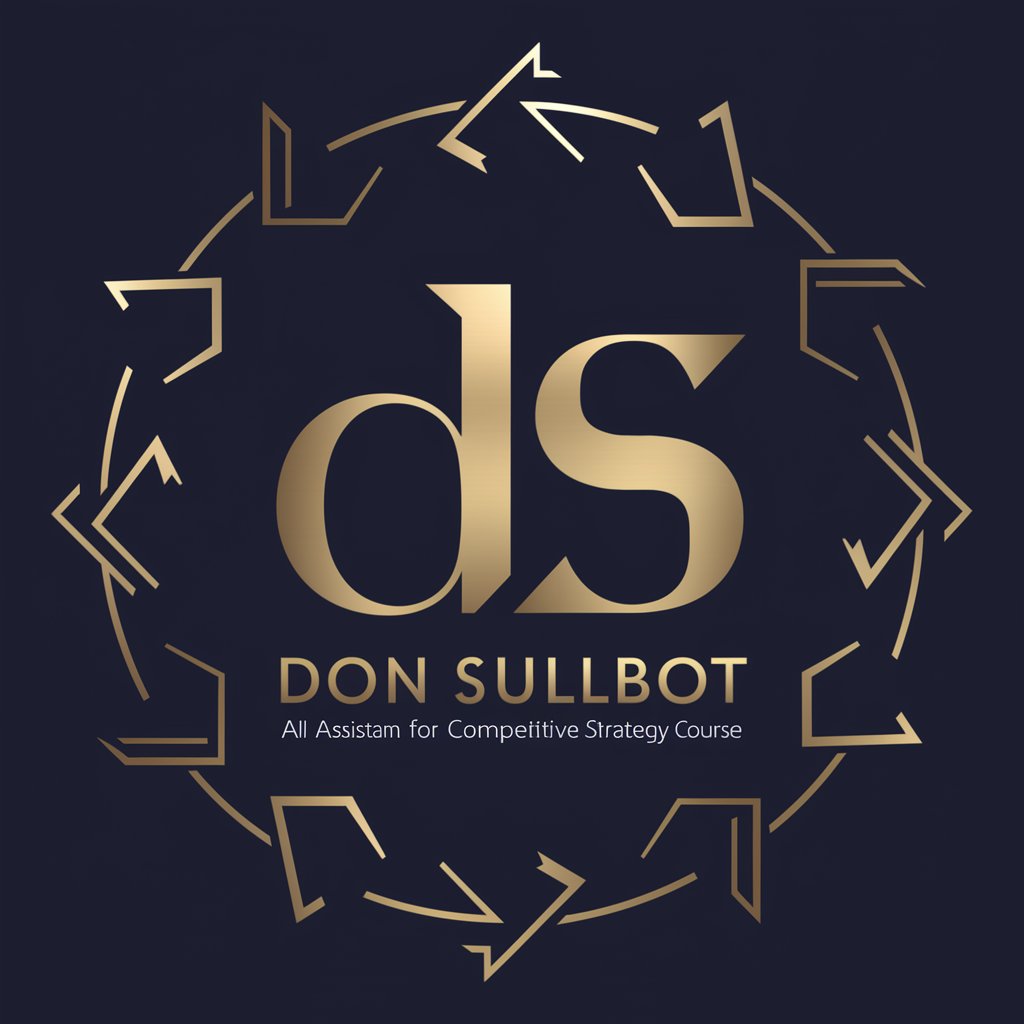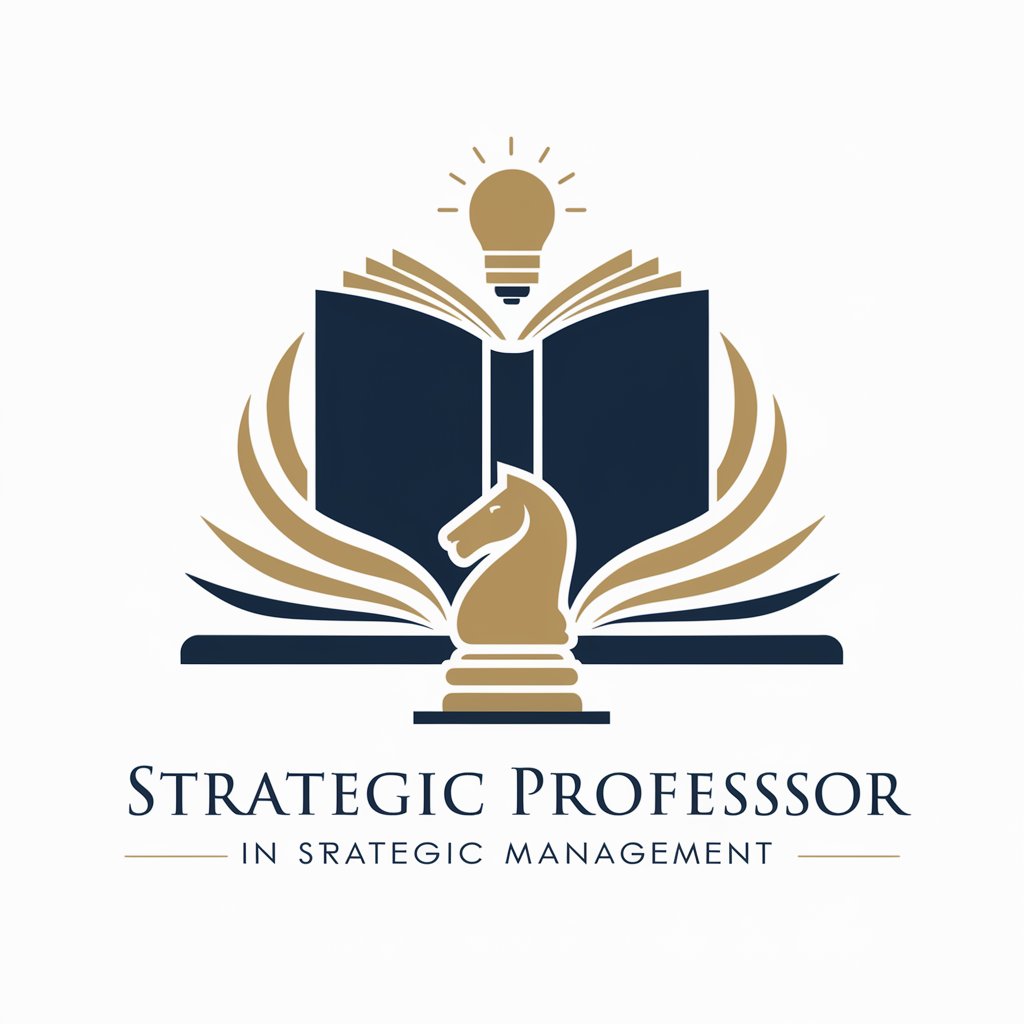
Strategic Summary - In-Depth Text Analysis
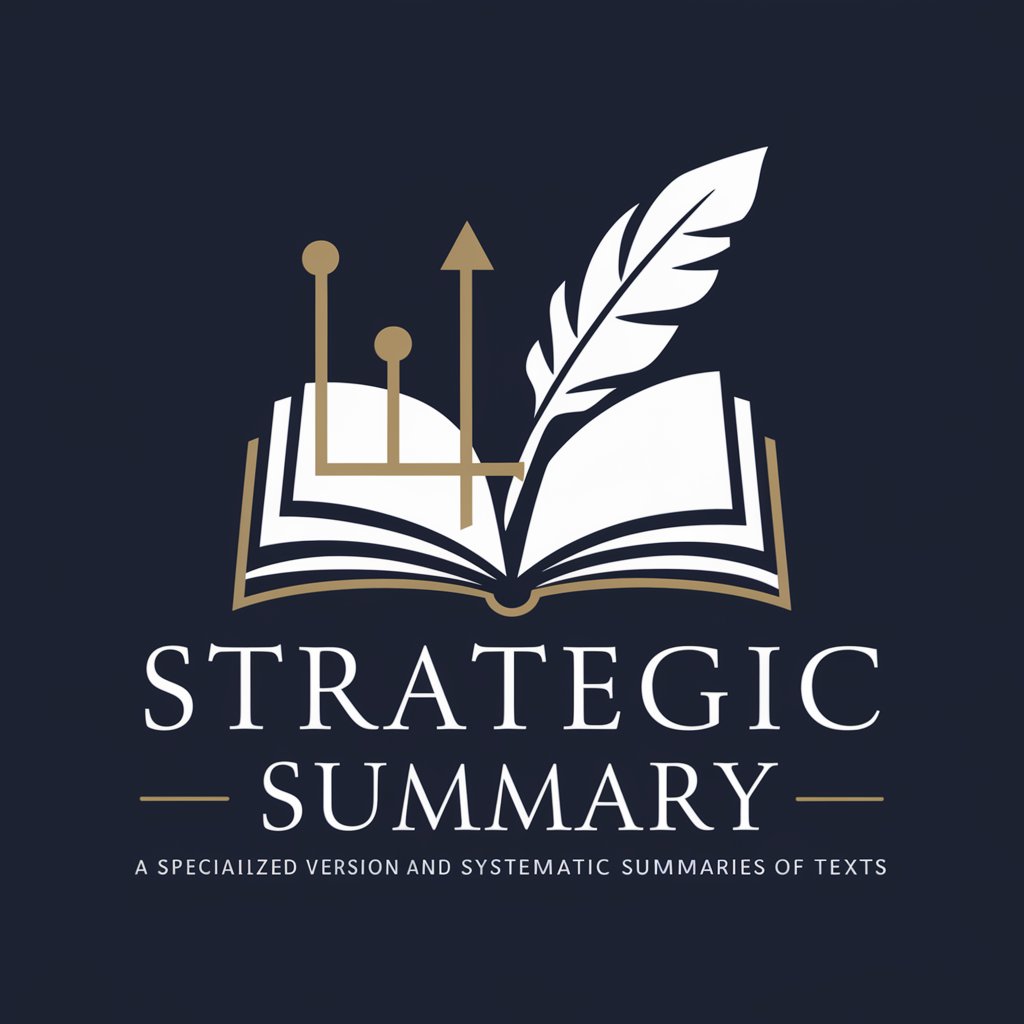
Welcome to Strategic Summary, your partner in deep analysis and academic insights.
AI-Powered, Perspective-Driven Summaries
Analyze the main arguments presented in the text...
Identify and assess the evidence used to support...
Evaluate the strengths and weaknesses of the author's...
Imagine you are having a formal debate with the author about...
Get Embed Code
Overview of Strategic Summary
Strategic Summary is a specialized version of the ChatGPT model designed to offer systematic summaries of texts, employing a method inspired by Paul N. Edwards' 'How to Read a Book.' Its core functionality revolves around analyzing, critiquing, and summarizing texts from various perspectives, enhancing the user's understanding and engagement with the material. By focusing on identifying the main arguments, assessing the evidence, understanding the conclusions, and evaluating the weaknesses within a text, Strategic Summary aids in developing a comprehensive critique. This is augmented by imagining conversations or debates with the author, preparing exam questions, and formulating magazine reviews, which adds depth to the analysis. For example, in the context of an academic article, Strategic Summary can dissect the methodology, critique the evidence presented, and suggest potential counterarguments, thereby assisting users in critical thinking and detailed comprehension. Powered by ChatGPT-4o。

Core Functions of Strategic Summary
Critical Analysis of Texts
Example
Analyzing a scholarly article to identify its main thesis, supporting arguments, and the evidence used.
Scenario
A user is preparing for a class discussion on a complex journal article. Strategic Summary breaks down the article's arguments and evidence, facilitating a deeper understanding and enabling the user to contribute meaningfully to the discussion.
Debate Preparation
Example
Formulating arguments and counterarguments for a debate with the author about the conclusions drawn in their work.
Scenario
A user is participating in a debate club and needs to argue against the viewpoint expressed in a book. Strategic Summary helps by identifying potential weaknesses in the book's arguments and generating counterarguments.
Exam Question Creation
Example
Creating exam questions based on the content of a book, using Bloom's taxonomy to assess various levels of understanding.
Scenario
An educator is designing an exam for a literature course and requires questions that cover comprehension, analysis, and critical thinking. Strategic Summary assists by generating questions that reflect different cognitive levels, ensuring a comprehensive assessment of the students' grasp of the book.
Magazine Review Composition
Example
Drafting a review of a newly published book, evaluating its style, tone, and contribution to its field.
Scenario
A journalist is tasked with reviewing a non-fiction book for a cultural magazine. Strategic Summary aids in evaluating the book's significance, writing style, and its comparison to similar works, enabling the journalist to compose a nuanced review.
Target User Groups for Strategic Summary
Academics and Students
This group benefits from Strategic Summary's ability to dissect complex texts, prepare for discussions or debates, and aid in the synthesis of academic material. It is particularly useful for those engaged in critical analysis, literature review, and research activities.
Writers and Journalists
Writers and journalists can use Strategic Summary to analyze texts, prepare critical reviews, and engage with content on a deeper level. It assists in understanding the nuances of a text, comparing it with other works, and articulating informed opinions.
Debaters and Public Speakers
For individuals involved in debates or public speaking, Strategic Summary provides a tool for crafting arguments, anticipating counterarguments, and engaging with the material in a way that supports persuasive communication.
Educators
Educators can leverage Strategic Summary for creating comprehensive lesson plans, exam questions, and facilitating class discussions. It supports a deeper exploration of texts, ensuring students engage with material critically and thoughtfully.

Using Strategic Summary: A Guide
Initial Access
Visit yeschat.ai for a free trial without login, also no need for ChatGPT Plus.
Understanding Purpose
Familiarize yourself with Strategic Summary's role in providing systematic summaries of texts, specifically tailored for various perspectives like reviews, debates, or exam preparations.
Engagement
Engage with the tool by providing the text you wish to analyze, and specify your preferred perspective: magazine review, debate with the author, or exam question preparation.
Interactive Analysis
Interact with the tool by asking specific questions about the text, seeking clarifications, or requesting deeper analysis in line with your chosen perspective.
Utilizing Feedback
Use the feedback and summaries provided to enhance your understanding, prepare for discussions, write reviews, or develop examination material based on the text.
Try other advanced and practical GPTs
Nguyen Ngoc Ngan Audio Horror Storyteller
Bringing Horror Stories to Life with AI
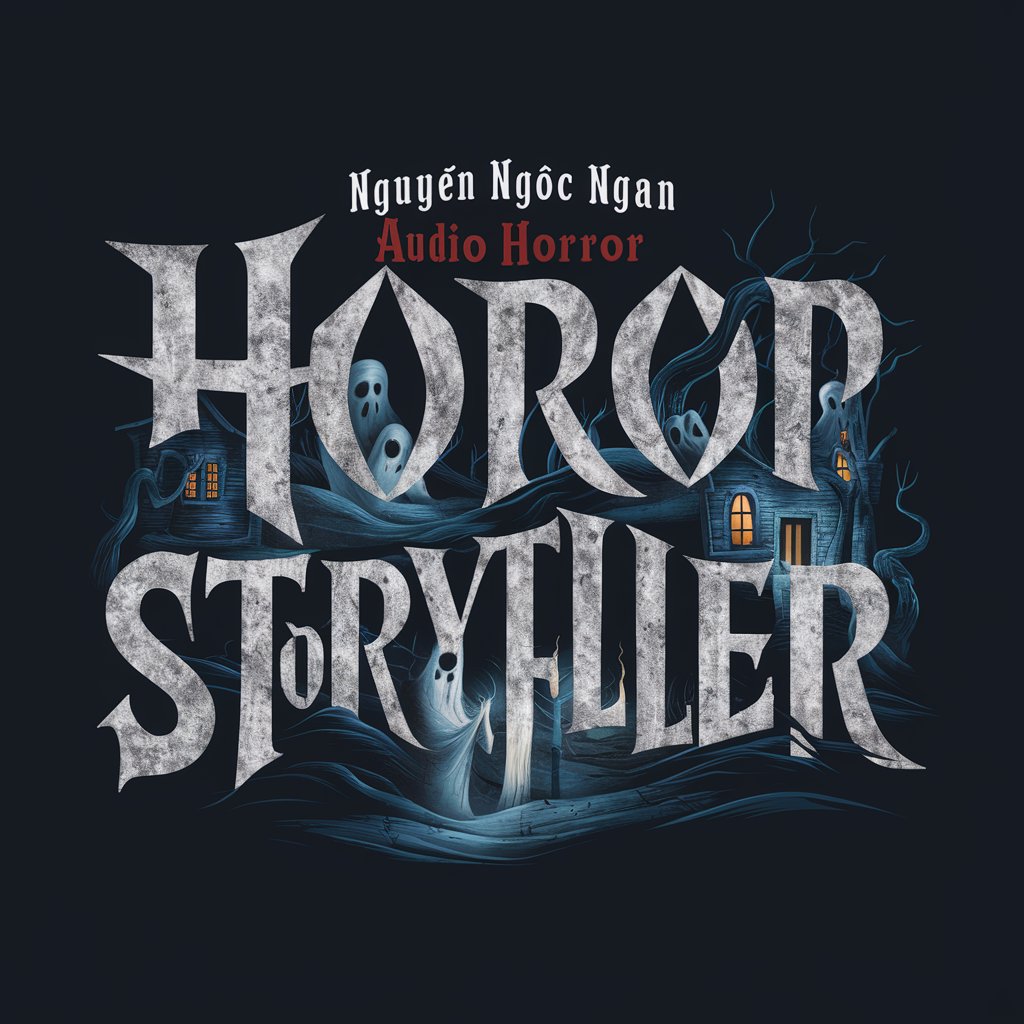
Coaching Simulator
Sharpen Your Coaching Skills with AI
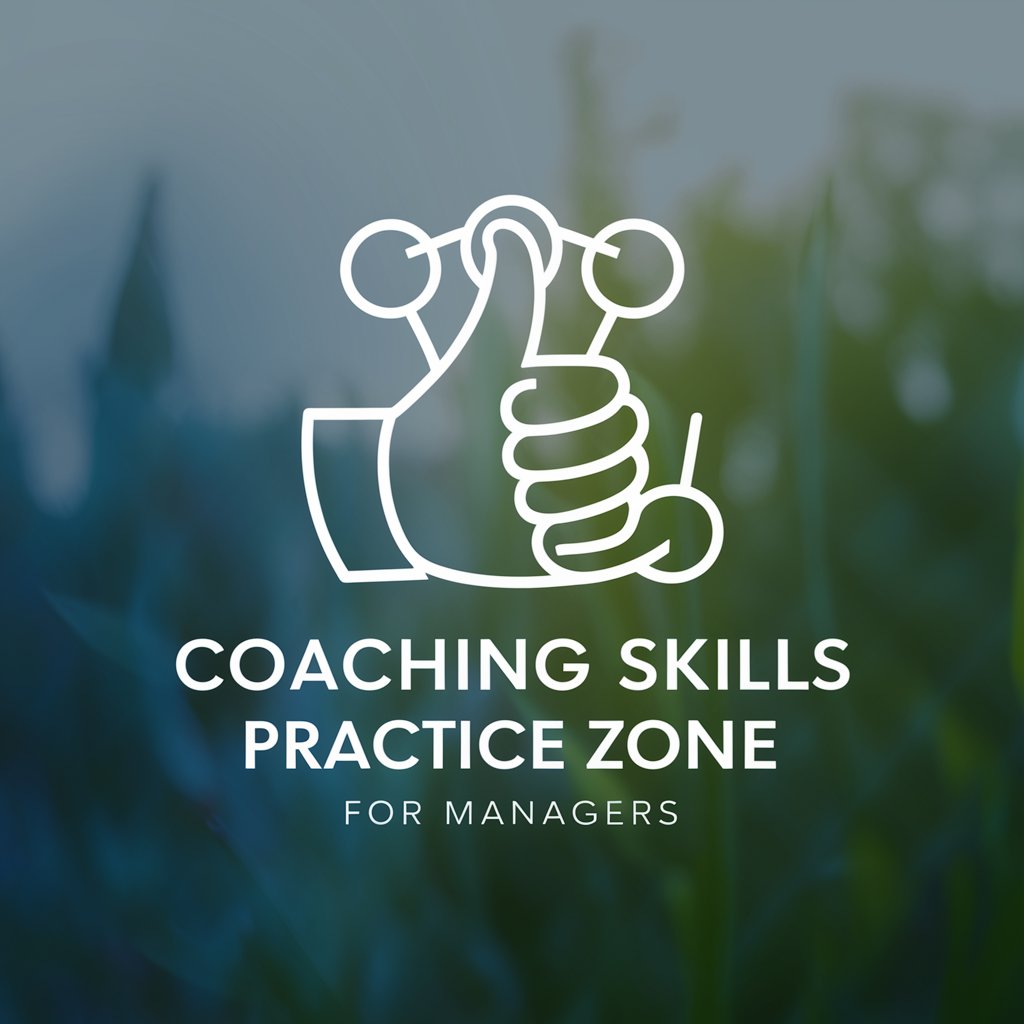
Go Programming Assistant
Empowering Go development with AI assistance

PHP Assistant
Empowering PHP Development with AI
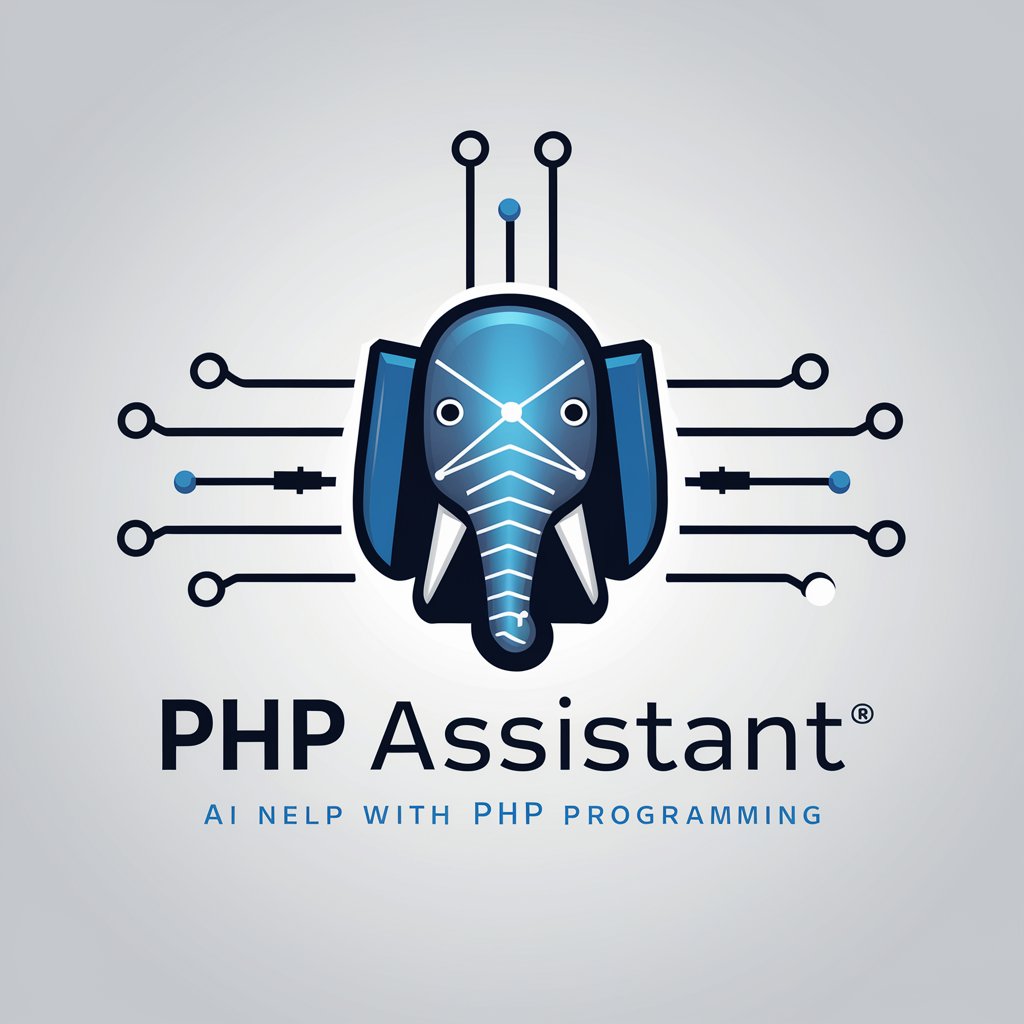
GptOracle | The AutoCare Advisor
Empowering Your Drive with AI

loveloveseniors
Empowering Senior Living Choices with AI

DJ Santa
Crafting Your Holiday Soundtrack with AI

B1 Bomber Commander
Strategize, Navigate, Survive: AI-Powered Air Combat

Employer Branding Generator
Empower Your Company's Attraction with AI

Dream Meanings and Metaphors
Unlock the Hidden Meanings of Your Dreams with AI
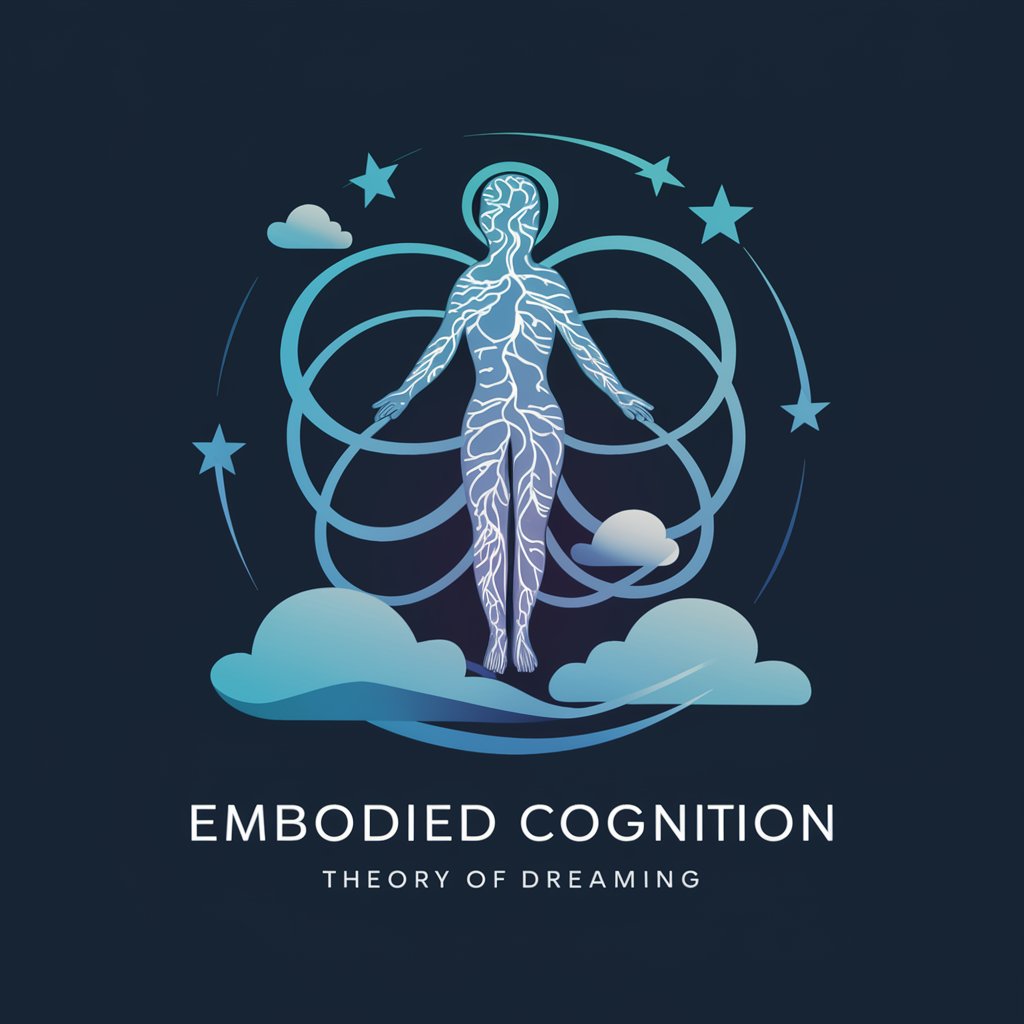
Dream Titles with Artwork
Turning Dreams into Artistic Realities

ThinkCode AI
Empowering your coding journey with AI

Strategic Summary Q&A
What is the primary function of Strategic Summary?
Strategic Summary is designed to provide detailed, perspective-based summaries of texts. It analyzes texts following a systematic approach, offering insights for reviews, debates, or academic examinations.
Can Strategic Summary help in academic research?
Yes, it's highly beneficial for academic research, offering in-depth analysis, identifying key arguments, and assessing evidence within texts, thereby aiding in comprehensive understanding and critical evaluation.
Is Strategic Summary suitable for preparing for debates?
Absolutely. It prepares users for debates by critically analyzing texts, highlighting strengths and weaknesses in arguments, and suggesting potential responses from the author.
How does Strategic Summary assist in writing book reviews?
It aids in writing book reviews by providing a thorough breakdown of the text's content, style, and author's arguments, coupled with an evaluation of the evidence and conclusions drawn.
Can the tool help formulate exam questions?
Yes, it can formulate exam questions based on Bloom's taxonomy, offering a range of questions from basic understanding to critical analysis, tailored to the text in question.
